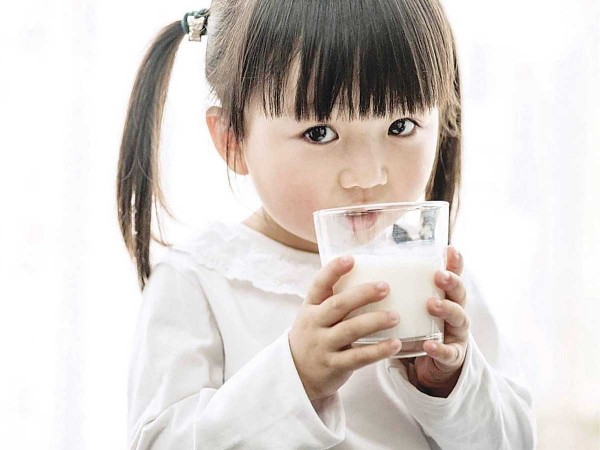
Mr Harvey said there had been very strong consumer demand for liquid or ‘white’ milk in China during 2020, despite the impact of the COVID-19 pandemic, and this would continue to grow.
“Chinese demand for dairy has plenty of space to grow long-term — largely attributable to long-standing key drivers such as low per-capita consumption and strong private and public investment into the sector due to the health benefits of dairy products,” he said.
“And with many of the big dairy companies in China now starting to provide their 2020 full-year results, what’s really interesting is we’re seeing that many are reporting rapid revenue growth for ‘white milk’.
“Companies like Yili and Mengnui, for example, have reported double-digit growth in ultra-high-temperature (UHT) long-life milk sales with the companies putting this down to the health and wellness benefits consumers are seeing.”
Mr Harvey said liquid milk had been a long-standing growth market for a lot of dairy exporters around the world over the past decade, with exporters from Australia, New Zealand and the European Union the major beneficiaries.
“Liquid milk imports into China notched up a couple of major milestones in 2020, with September last year the first time more than 100,000 tonnes of liquid milk have been imported in a calendar month,” he said.
“Last year was also the first time that China has imported more than one million tonnes of liquid milk in a calendar year.”
“When you compare this to 2008 — when only 8000 tonnes of liquid milk were imported into China — it does give you an indication of how strong growth has been, with this increase representing a compound annual growth rate (CAGR) over this period of around 50 per cent.”
Mr Harvey said the flat Australian volumes were a “reflection of market dynamics, not trade tensions”, with Australian liquid milk exports to China in 2020 impacted by factors including low production and competing export markets.
























